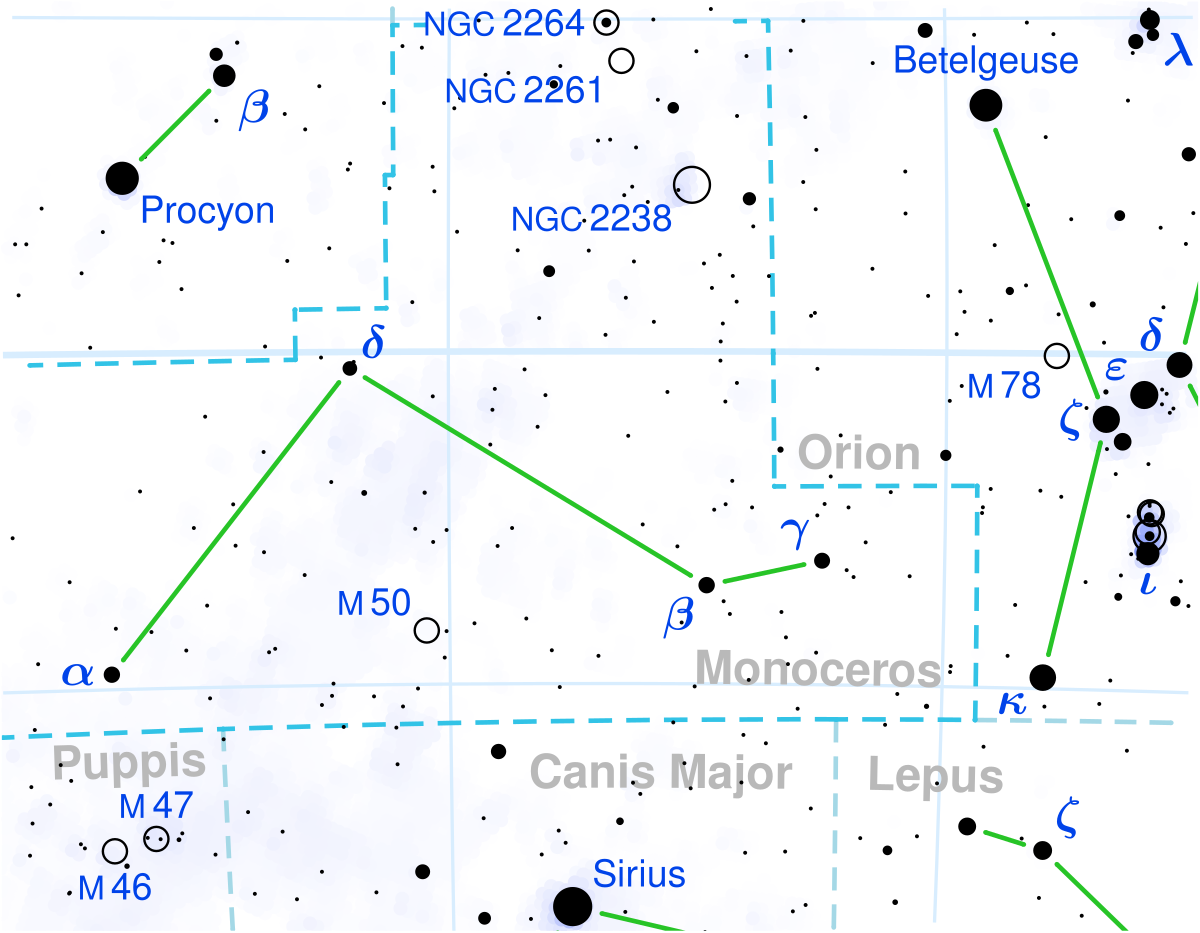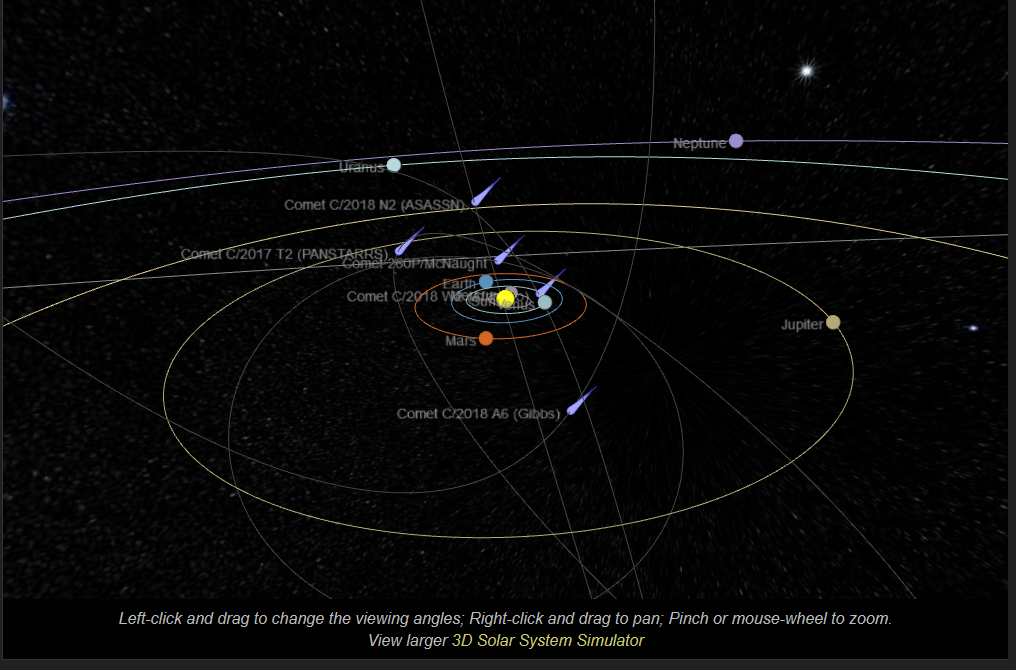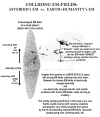Imagine the panic and consider the possible test runs which have been active lately.

 en.wikipedia.org
en.wikipedia.org
From Cometografía on Comet C / 2017 T2
Snip:

 spacetelescopelive.org
spacetelescopelive.org
I am looking at the Asteroid 2015VW172 with Wide Field Camera 3 for on Sun, 03 Nov 2019 14:14:31 -05:00
Current Solar System Configuration
This interactive 3D model shows the today's configuration of the major bodies of the Solar System along their orbits. It is an experimental feature and it requires a WebGL enabled browser. For more advanced features, check out our 3D Solar System Simulator.
Please provide us feedback!
The Solar System Origins Legacy Survey
info
Proposal 15648 (STScI Edit Number: 3, Created: Thursday, August 15, 2019 at 4:05:35 PM Eastern Standard Time) - Overview

Alpha Monocerotids - Wikipedia
From Cometografía on Comet C / 2017 T2
Snip:
They discovered on October 2, 2017 by the robotic telescope surveillance Pan-STARRS in Hawaii (USA) when the comet was magnitude 20 and was on the constellation Eridanus, in the days following observations made by different observers reported a comma of up to 12 " diameter and the presence of a small tail 20 "long.
The C / 2017 T2 (Pan - STARRS) is a new comet coming from the outermost portion of the Oort Cloud. It will reach its perihelion on May 4, 2020 at a distance of 1.62 AU from the Sun, before will have a first approach to Earth on December 29 at the distance of 1.52 AU from our planet, and a subsequent approach the May 28, 2020 at a distance of 1.66 AU. Available observations to date determine a light curve with approximate parameters of absolute magnitude of m 0= 6 which corresponds with a core of about 3 km in diameter and an increased rate of activity of n = 3. The kite will have its maximum apparent brightness in May 2020 when it could reach a visual magnitude close to 8 being observable then through binoculars from the Northern Hemisphere, but will be observable by small telescopes or binoculars giant above magnitude 9 throughout the first half of 2020.
Report: Forecast Visibility: Location:

Space Telescope Live
Go to spacetelescopelive.org to see through Hubble's eyes
I am looking at the Asteroid 2015VW172 with Wide Field Camera 3 for on Sun, 03 Nov 2019 14:14:31 -05:00
Current Solar System Configuration
This interactive 3D model shows the today's configuration of the major bodies of the Solar System along their orbits. It is an experimental feature and it requires a WebGL enabled browser. For more advanced features, check out our 3D Solar System Simulator.
Please provide us feedback!
These are the brightest comets currently visible in the sky. The Observed Magnitude and Coma Diameter values are derived from the Comet Observers Database by averaging the values reported in recent observations (more recent than 4 days), when available.
The Estimated Magnitude comes from the JPL Horizons ephemerides service and might be inaccurate given the highly dynamic and unpredictable behvior of comets. When available please refer to the Observed Magnitude value and consider the Estimated Magnitude as a directional indication.

Bright Comets Today
These are the brightest comets currently visible in the sky. The Observed Magnitude and Coma Diameter values are derived from the Comet Observers Database by averaging the values reported in recent observations (more recent than 4 days), when available. The Estimated Magnitude comes from the JPL Horizons ephemerides service and might be inaccurate given the highly dynamic and unpredictable behvior of comets. When available please refer to the Observed Magnitude value and consider the Estimated Magnitude as a directional indication.
The Solar System Origins Legacy Survey
info
Proposal 15648 (STScI Edit Number: 3, Created: Thursday, August 15, 2019 at 4:05:35 PM Eastern Standard Time) - Overview


